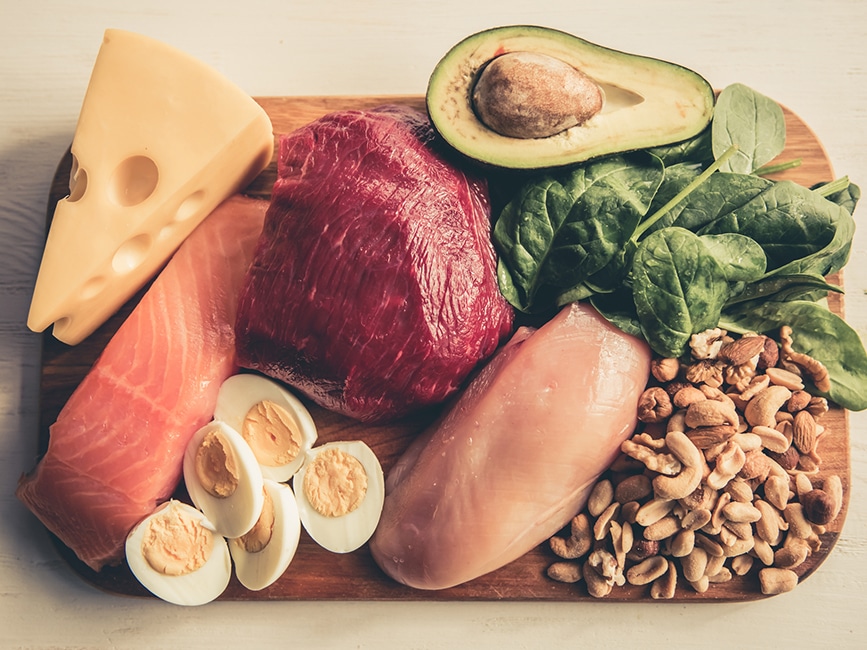Regenerative Farming Means More-Nutritious Food
There are important environmental benefits, too.

It’s widely accepted that regenerative agriculture—an approach to farming that reduces reliance on chemical inputs and rebuilds soil organic matter and biodiversity through practices like no-tilling and using cover crops—results in important environmental benefits including carbon sequestration. But does it produce food that’s more nutritious than the kind derived from conventional agricultural practices? It would appear so.
A first-of-its-kind investigation in PeerJ discovered regenerative farming practices had a positive impact on the nutritional content of crops and livestock. At 10 test plots in the Midwest and Eastern U.S., crops (corn, peas, sorghum or soybeans) that were grown using soil-friendly practices tested higher for levels of a range of micronutrients, including magnesium, calcium and phytochemicals. That’s compared with the same crops grown on neighboring farms using conventional methods. Same climate and same soil type, just different farming practices. Also worth noting is that the regenerative agriculture crops had lower levels of potentially harmful compounds such as nickel and cadmium.
The investigators believe the uptick in nutrition is the result of a more biologically healthy soil. Organisms in the earth can, directly and indirectly, boost nutrients and antioxidants in the crops. The meat of beef and pork raised on feed from regenerative agriculture had a better fatty acid profile, including higher amounts of omega-3 fat, than meat from a conventional feedlot.
See also: Improve Your Diet, Change the World
Matthew Kadey, MS, RD
Matthew Kadey, MS, RD, is a James Beard Award–winning food journalist, dietitian and author of the cookbook Rocket Fuel: Power-Packed Food for Sport + Adventure (VeloPress 2016). He has written for dozens of magazines, including Runner’s World, Men’s Health, Shape, Men’s Fitness and Muscle and Fitness.



